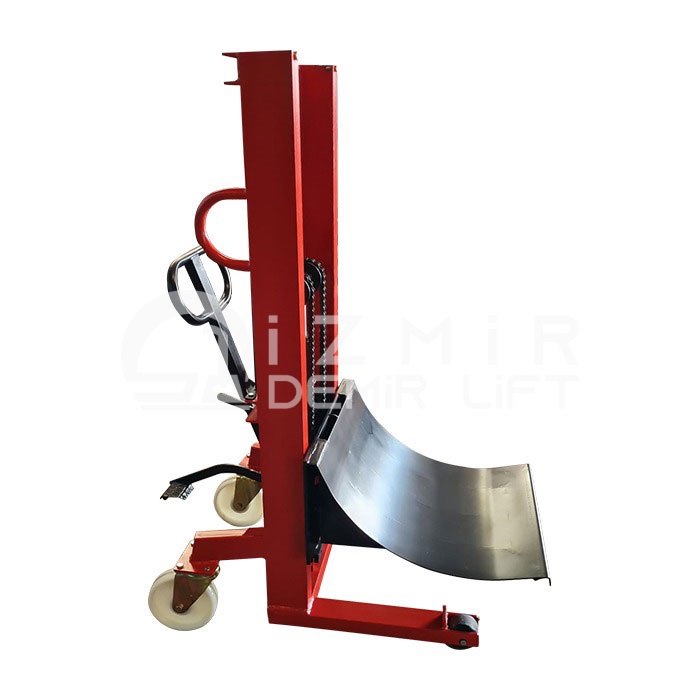
Storage and material handling processes are critical to a business's efficiency and customer satisfaction. In order to work effectively in these processes, prioritization and sequencing strategies are of great importance. These strategies, used in stacking machines and warehouse operations, are methods used to organize and optimize processes. Here is more information about prioritization and sequencing strategies:
Material Prioritization: Prioritizing different materials in the warehouse allows operations to take place more regularly and quickly. Material prioritization strategies include determining materials that need to be processed first or that are delivered urgently. This strategy increases the delivery times of operations and customer satisfaction.
Sequencing Algorithms: Sequencing algorithms used to determine the order in which stacking machines move materials in the warehouse are important in terms of efficiency and time management. These algorithms are used to determine the shortest and most efficient routes for materials to reach their destinations. For example, sequencing strategies such as FIFO (First In, First Out) or LIFO (Last In, First Out) are widely used.
Warehouse Space Optimization: Providing effective space usage in warehouse operations is related to warehouse layout and material placement strategies. Placing materials correctly, increasing their accessibility and using stacking machines more effectively optimizes the warehouse space. This strategy reduces mobility times within the warehouse and helps speed up material handling processes.
Emergencies and Prioritization Operations: Unexpected situations or urgent operations may occur in warehouse operations. In these cases, priority operations and emergency strategies come into play. For example, in cases such as a customer's urgent delivery request or the rapid completion of previously determined priority jobs, the order of operations can be changed and priority operations can be prioritized.
Data Analysis and Optimization: Prioritization and sequencing strategies are based on data analysis and optimization processes. Data analysis techniques used in warehouse operations evaluate movements, material flow and performance within the warehouse. Using this data, the necessary steps are taken to sequence, prioritize and optimize operations.
As a result, prioritization and sequencing strategies in stacking machines and warehouse operations increase the efficiency of businesses, organize processes and ensure customer satisfaction. Correct ordering of materials, determining the most efficient routes and rapid response to emergencies ensure effective management of warehouse operations. Optimizing warehouse operations using these strategies helps businesses gain a competitive advantage.